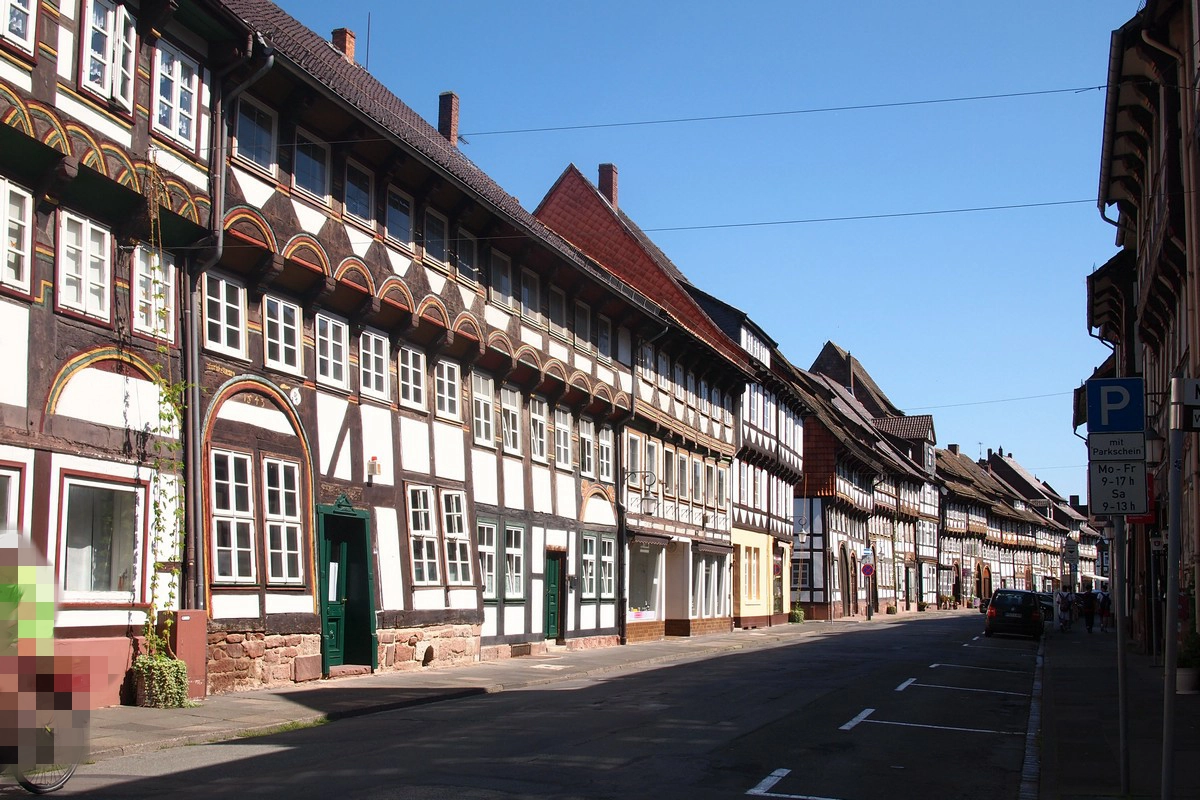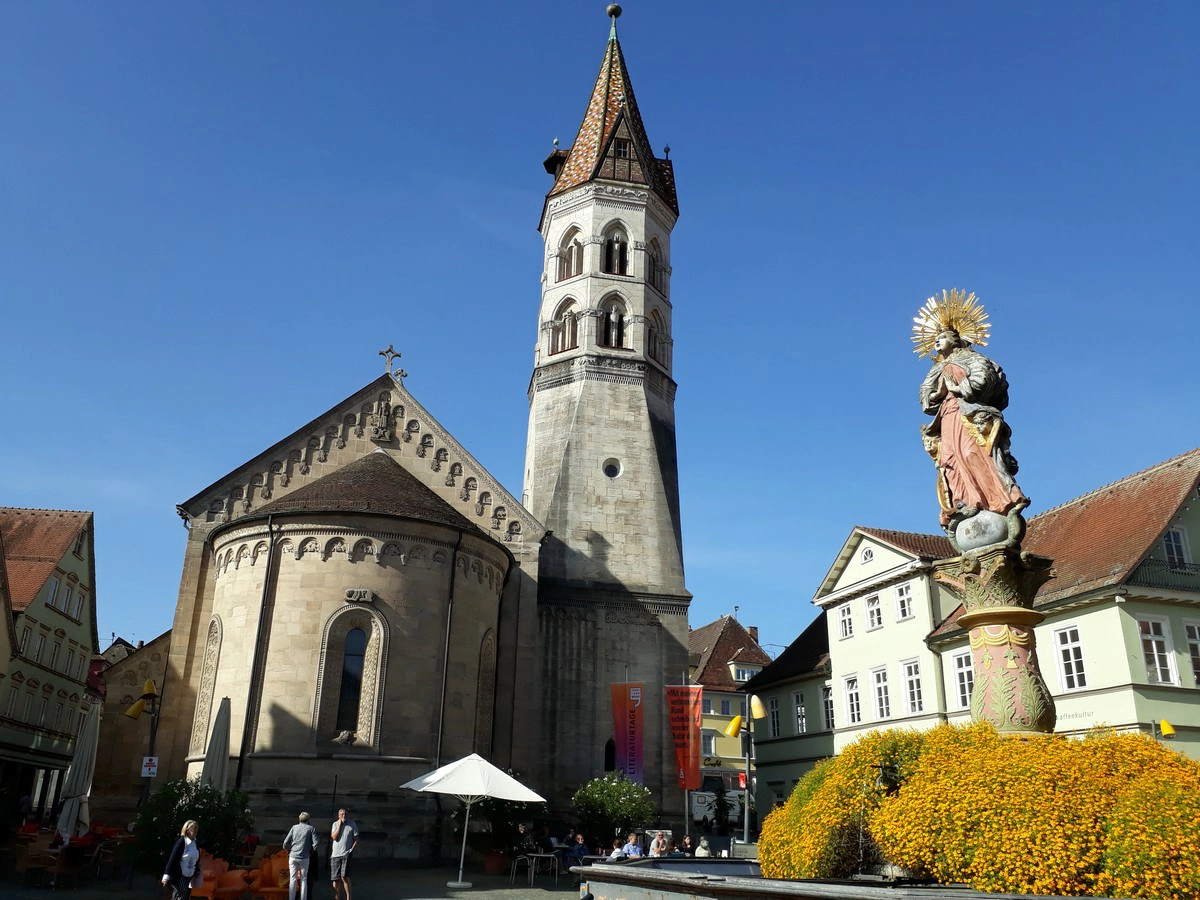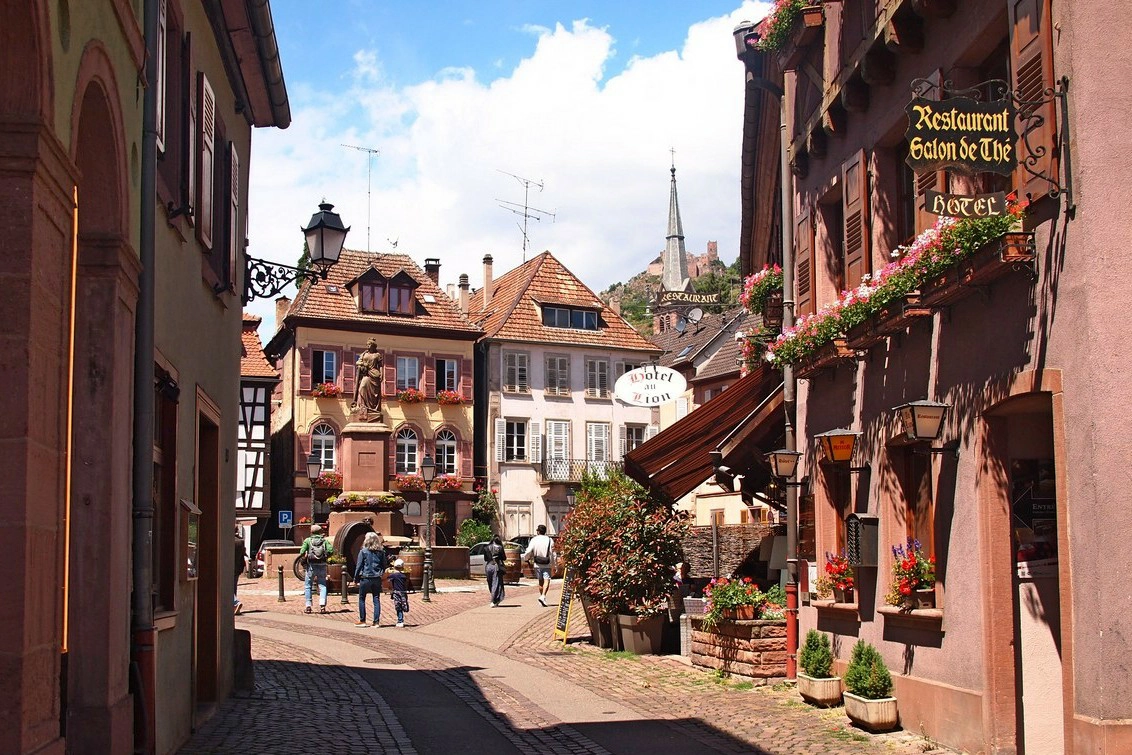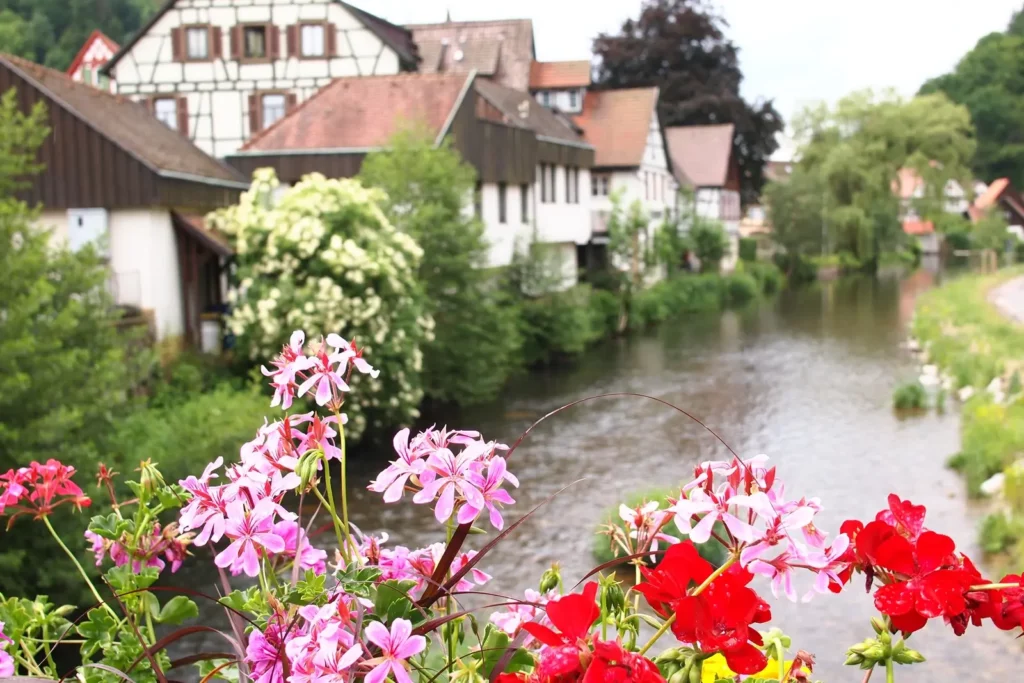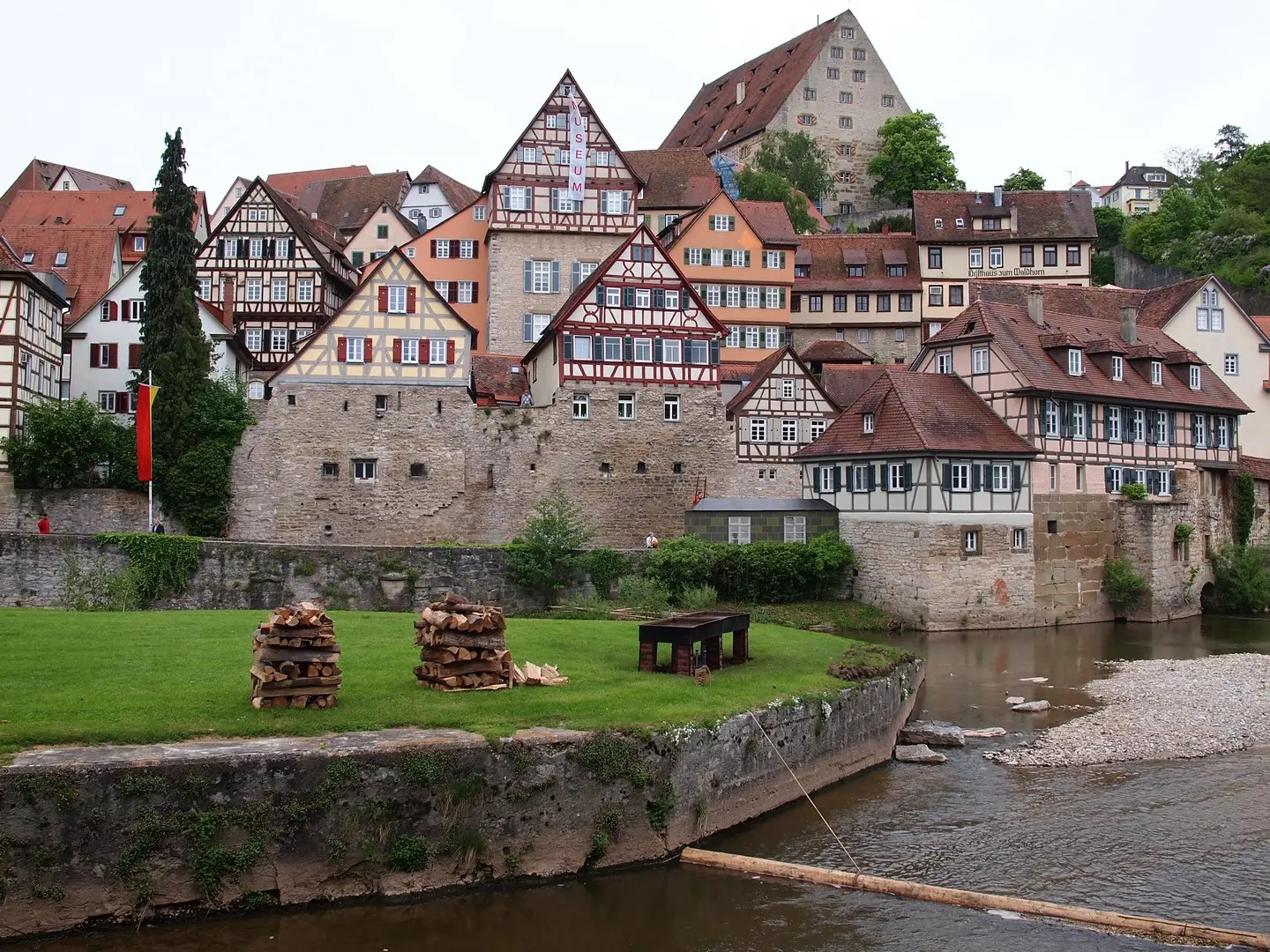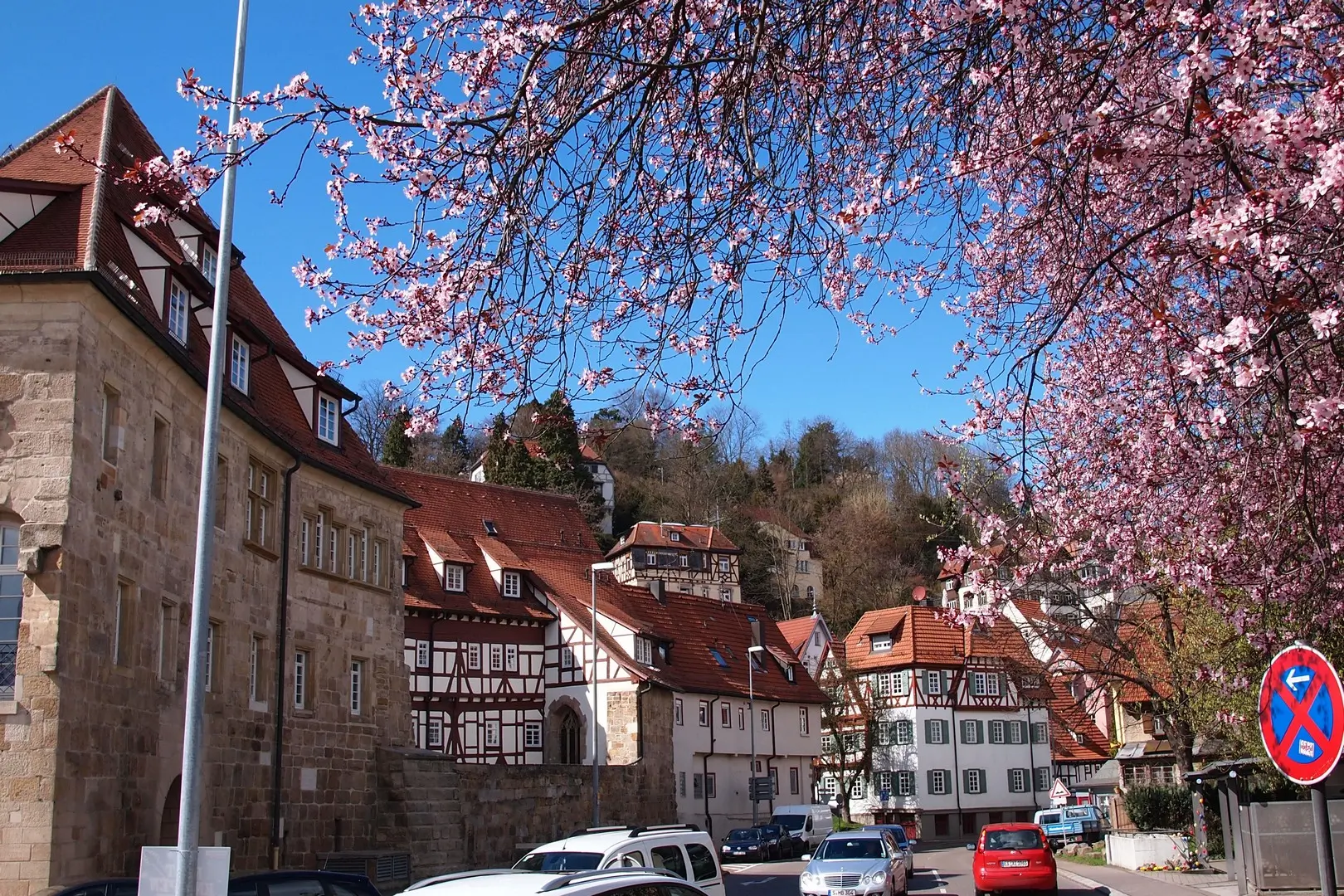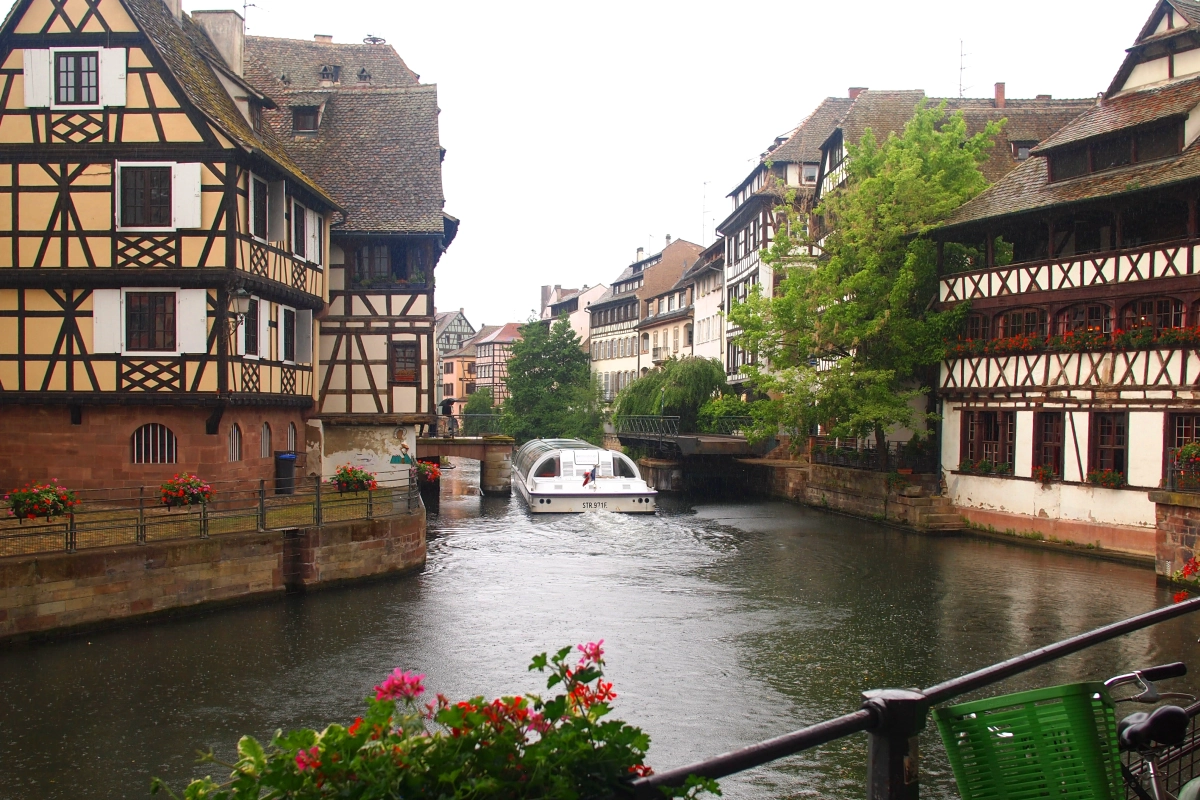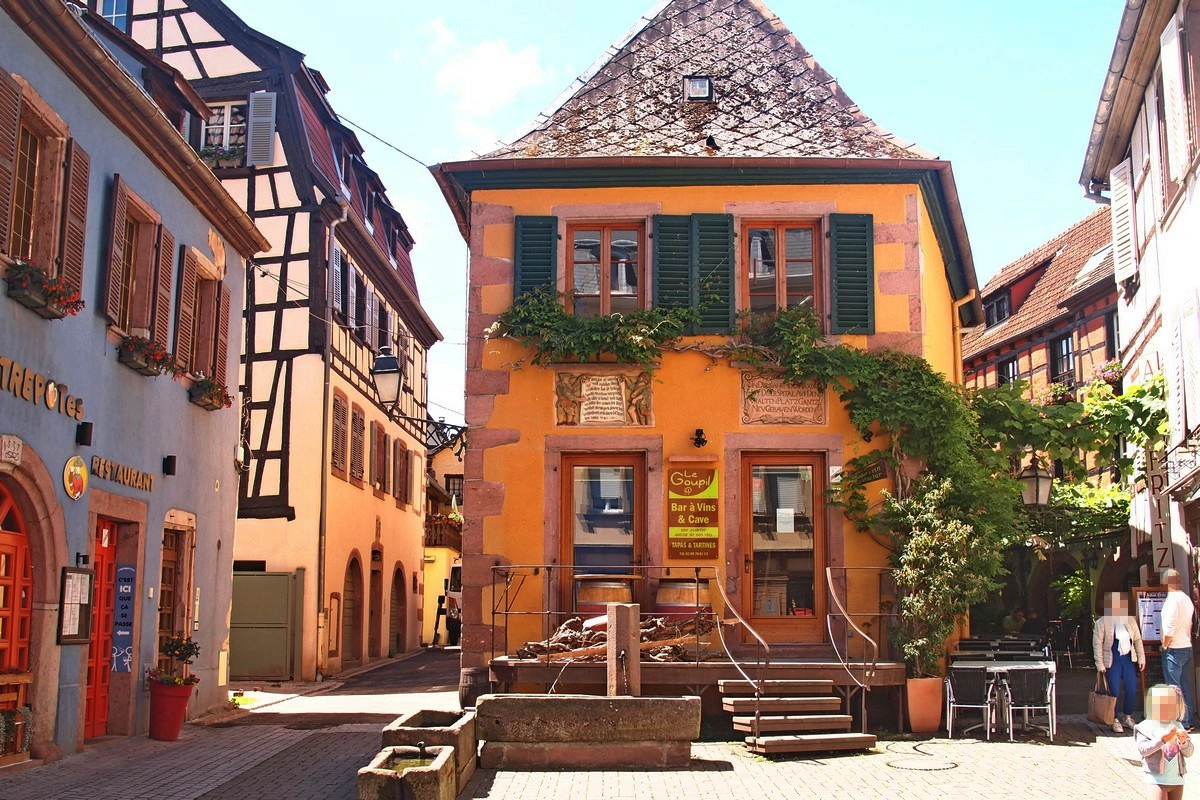It would seem that half-timbered towns are nothing new for us. But Einbeck turned out to be a real jewel in our collection: here you don’t need to look for a couple old buildings on the map, you get the feeling that the city has hardly changed since the 16th century.
half-timbered
Schwäbisch Gmünd and Aalen
Schwäbisch Gmünd and Aalen lie on the “short” road from Stuttgart to Nuremberg. Here the Swabian Alb ends, passing into the hilly Swabia, with deep winding valleys in which tributaries of the Neckar flow – three tributaries begin near Aalen. Previous generations fully appreciated the landscape: the Romans and medieval Swabians left in the region the remains of ancient Roman fortresses and a chain of half-timbered towns with city walls.
The region is suitable for excursions from Stuttgart or Ulm or for short holidays.
Alsace Wine Route. 1. Ribeauville, Riquewihr
In this part of the story about Alsace, we will look at Ribeauville and Riquewihr.
The Alsace Wine Route has been around for over 70 years and is (deservedly) extremely popular. The question of choice inevitably arises – which city to visit? In the topic, I chose the very best cities and villages from a cultural point of view (the most beautiful).
Schiltach in the Black Forest (Schwarzwald)
Preparing for the travel I rated for myself Schiltach in the Black Forest as “a particularly picturesque city” from the descriptions and photographs. Reality confirmed it: Schiltach is indeed a very picturesque town, very half-timbered and very floral. Unfortunately, we got into a midday break and could not go to the pharmacy museum, but we had a wonderful walk und visited another museum.
The town is located at the confluence of two rivers. To complete the picture, some kind of castle is missing. The castle was, but it is all over. There is only the castle hill, a covered wooden bridge and ruins remained – the rest was sold for building materials at the end of the 18th century.
Schwäbisch Hall. 1. What to see in old town
An old city with its own traditions, Schwäbisch Hall lies a bit off the tourist track. But it is certainly worth to visit. Schwäbisch Hall is a part of Castle Road (Burgenstrasse) – very good tourist road, with various attractions, although not so gut known as Romantic Road.
In addition to the old city centre, you can see the Darmstadt Madonna – the famous painting by Hans Holbein the Younger (and a couple of other famous paintings), the Comburg monastery and the Wackershofen open-air museum.
Esslingen Old town and map
Esslingen is located in the Neckar Valley near Stuttgart. Behind it the Neckar becomes unnavigable upstream, and from Stuttgart to Esslingen endless factories, plants and power plants stretch along the river.
Therefore, despite the fact that the old city itself is pretty, you can easily replace it with another one. You can find the same well-preserved half-timbered house in less industrial places: in Tübingen, Bad Wimpfen, Besigheim, not to mention the Black Forest.
Harz mountains. Wernigerode old town
A 19th-century German writer called Wernigerode the colorful town on the Harz Mountains. And it really is. The old town has been renovated and it is very pleasant to walk around here. In my opinion, Wernigerode is the nicest town in the Harz Mountains.
Strasbourg (Strassburg). What to see
Strasbourg (Strassburg in German) is a city for a short visit for a couple of days or for christmas market in Advent. It is not very suitable for a base in Alsace: it takes quite a long time to get to any interesting point – either to the north or to the south. True, there are many hotels in the city, and this makes it very likely that this is where you will stay.
A significant part of the old city is on the UNESCO list, including the most famous landmark – Strasbourg Cathedral.
What to see in Alsace. Alsace attractions from Selestat to Colmar
We continue to explore Alsace attractions. In the previous part, we got from the north to Selestat. Now let’s go further south. Here the number of attractions and picturesque towns increases. Endless vineyards stretch along the hills, and in the half-timbered old villages you will find no less endless vinotheques.

